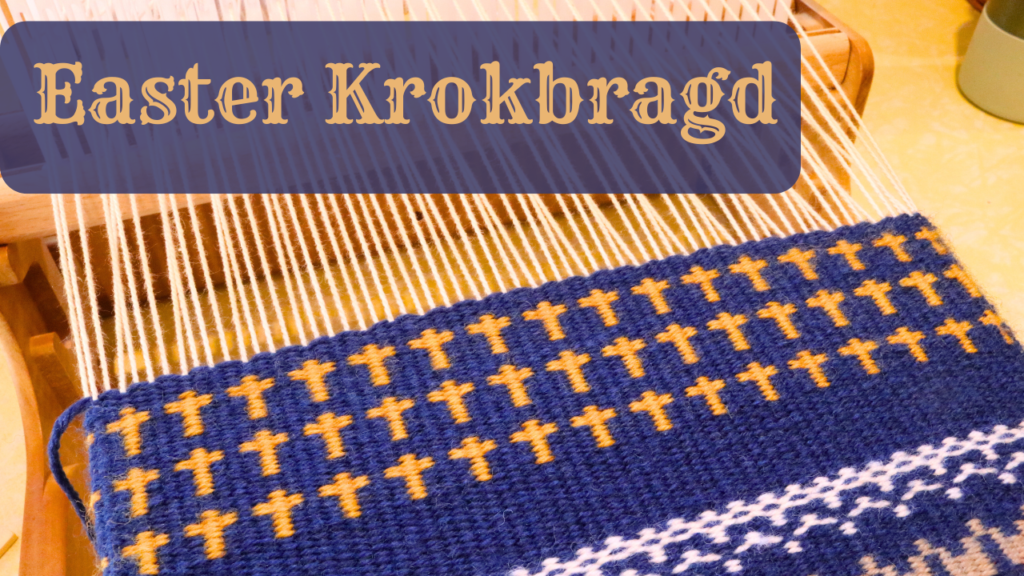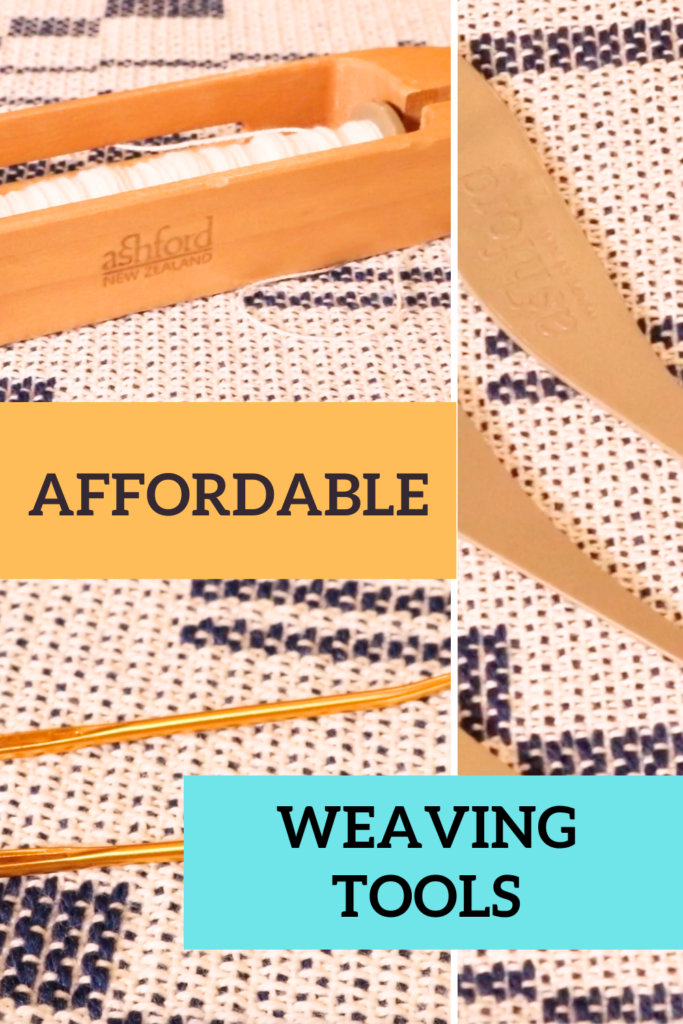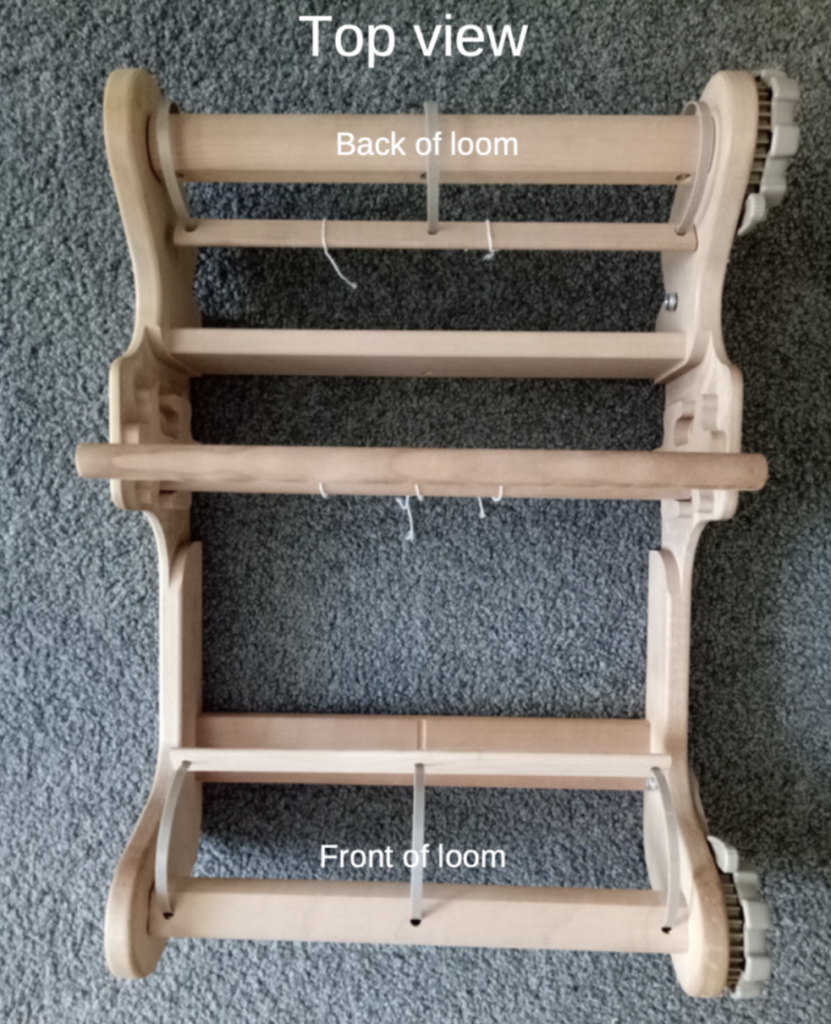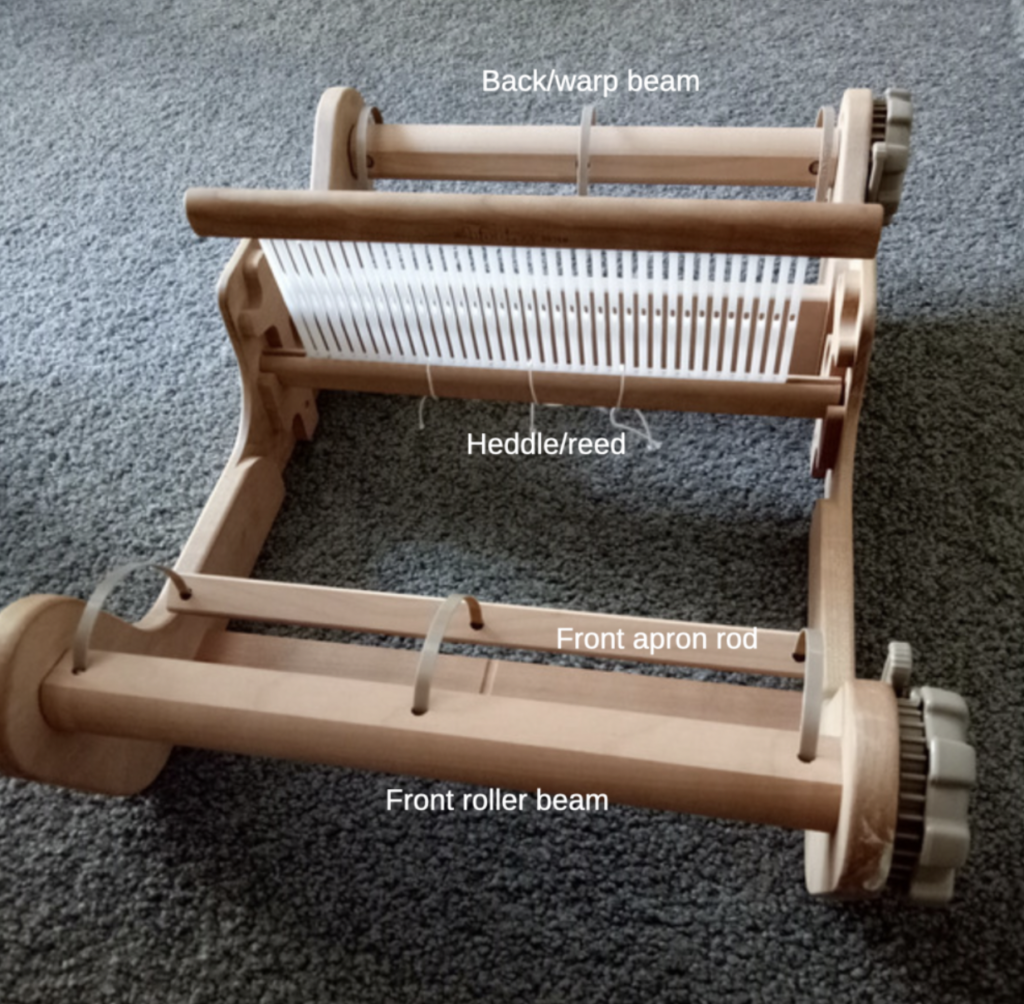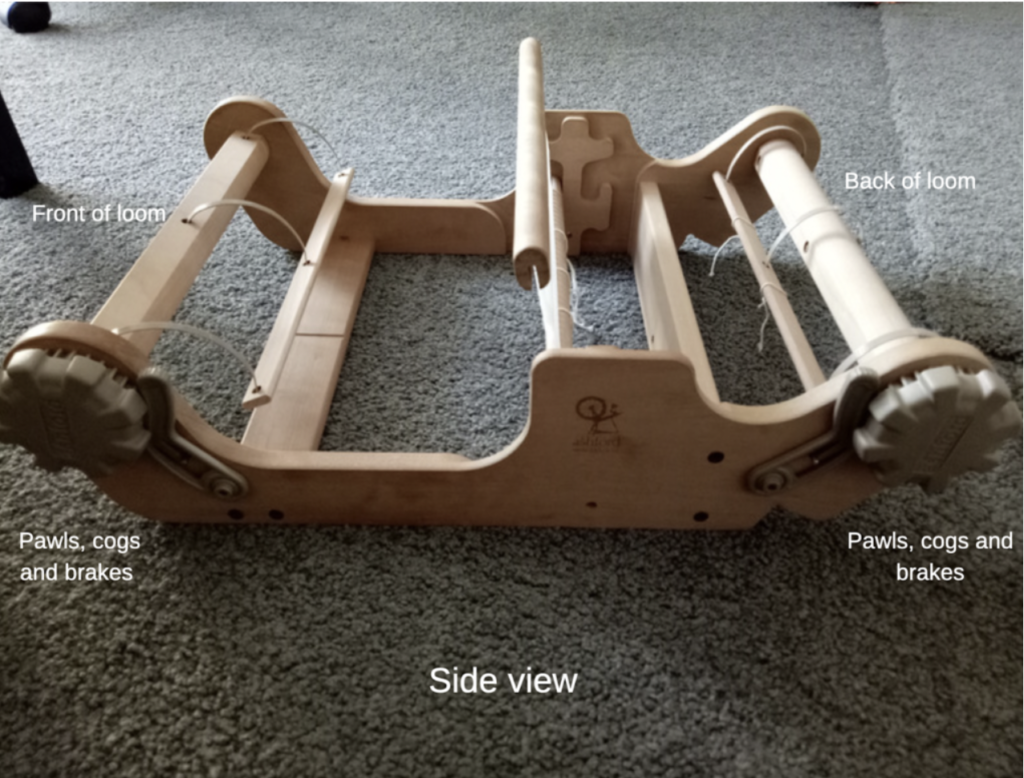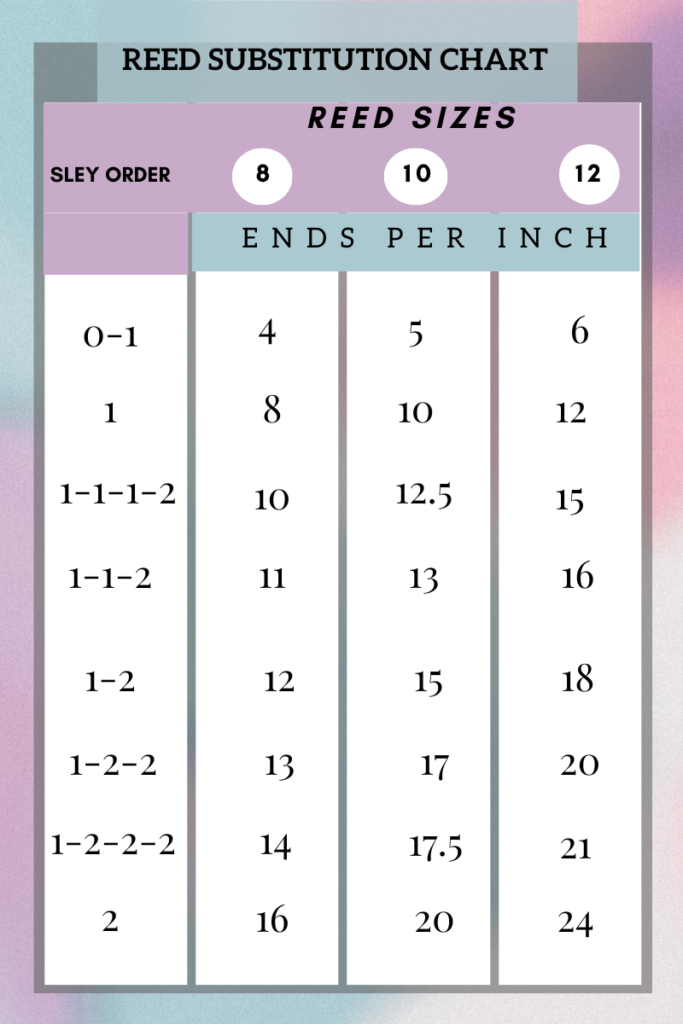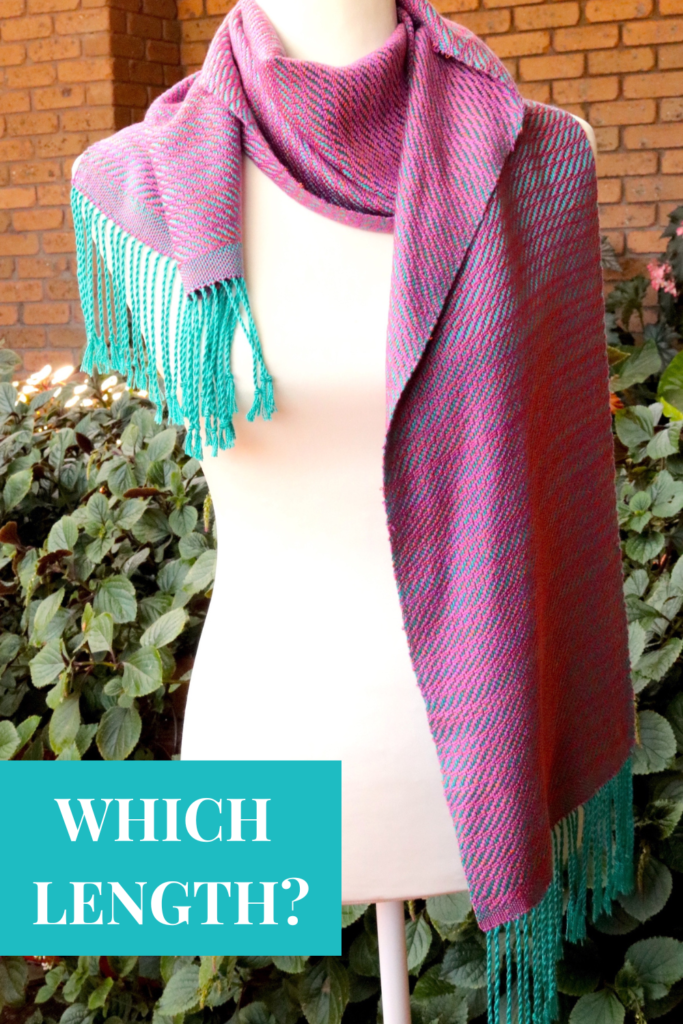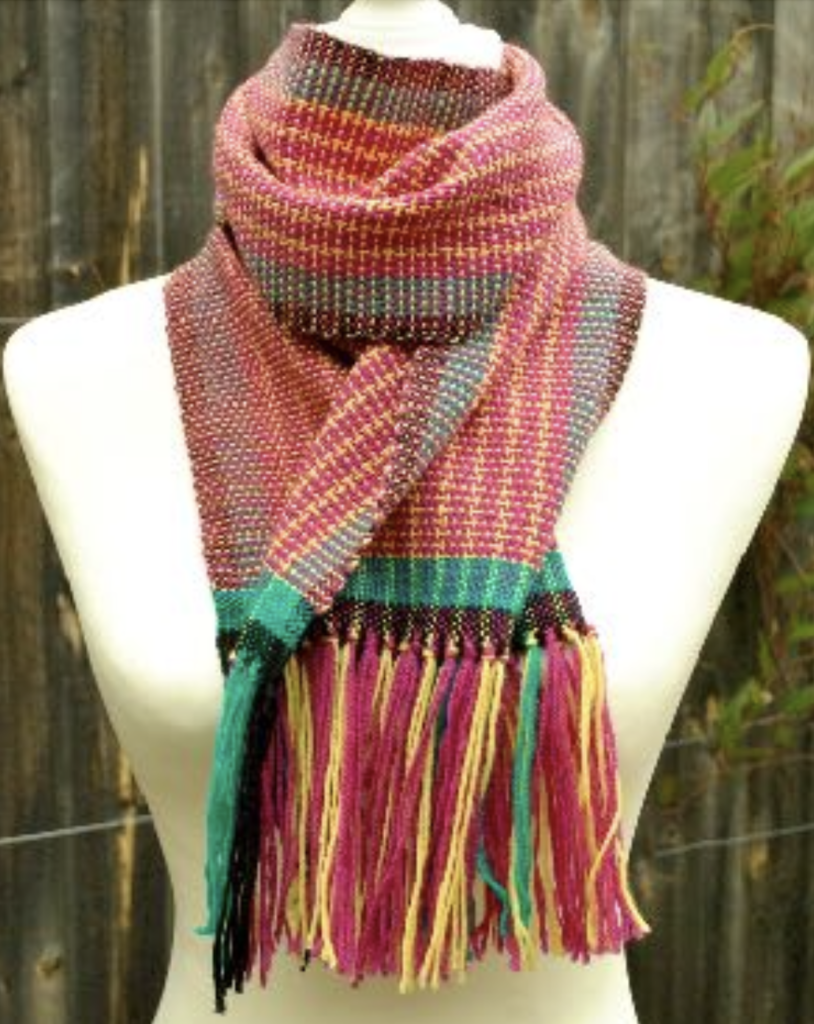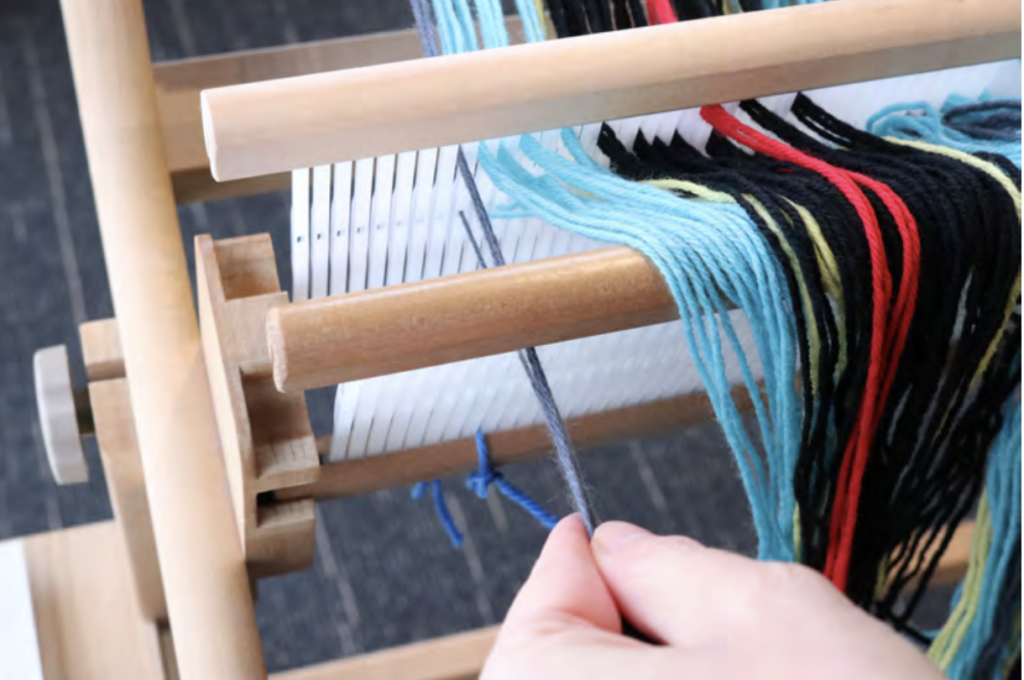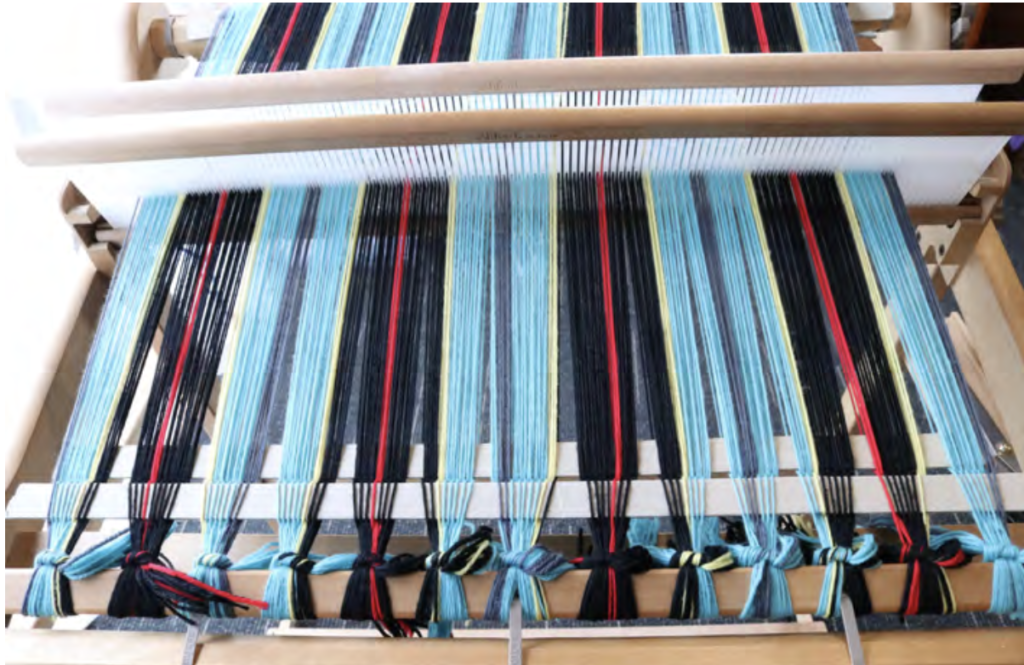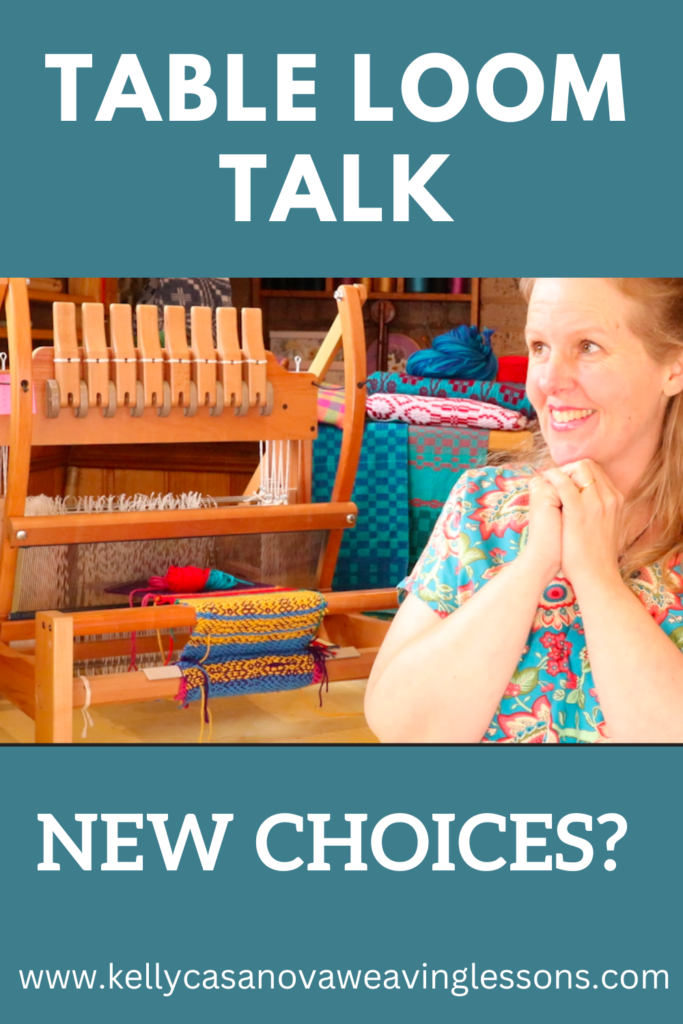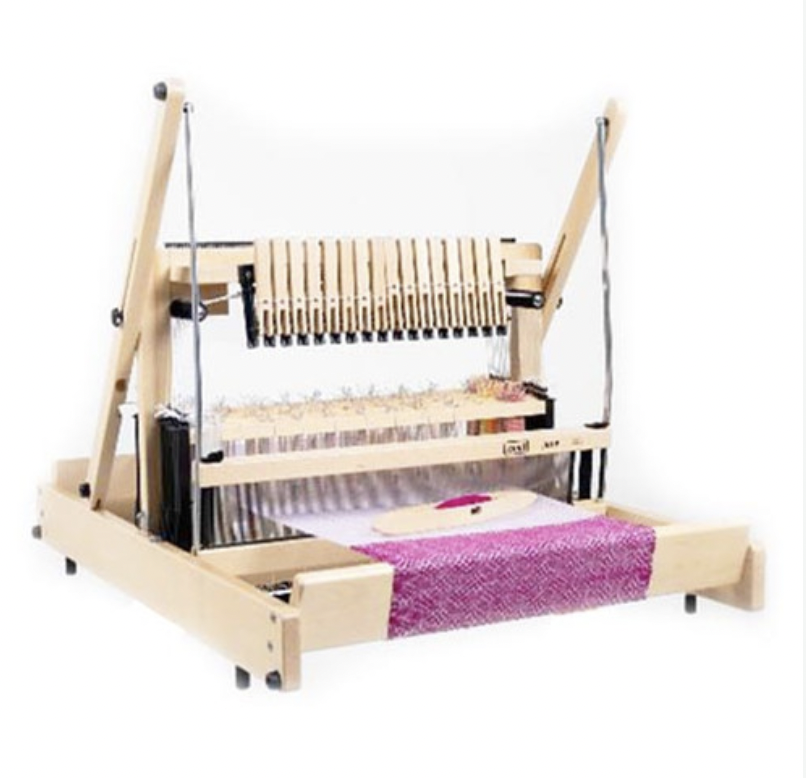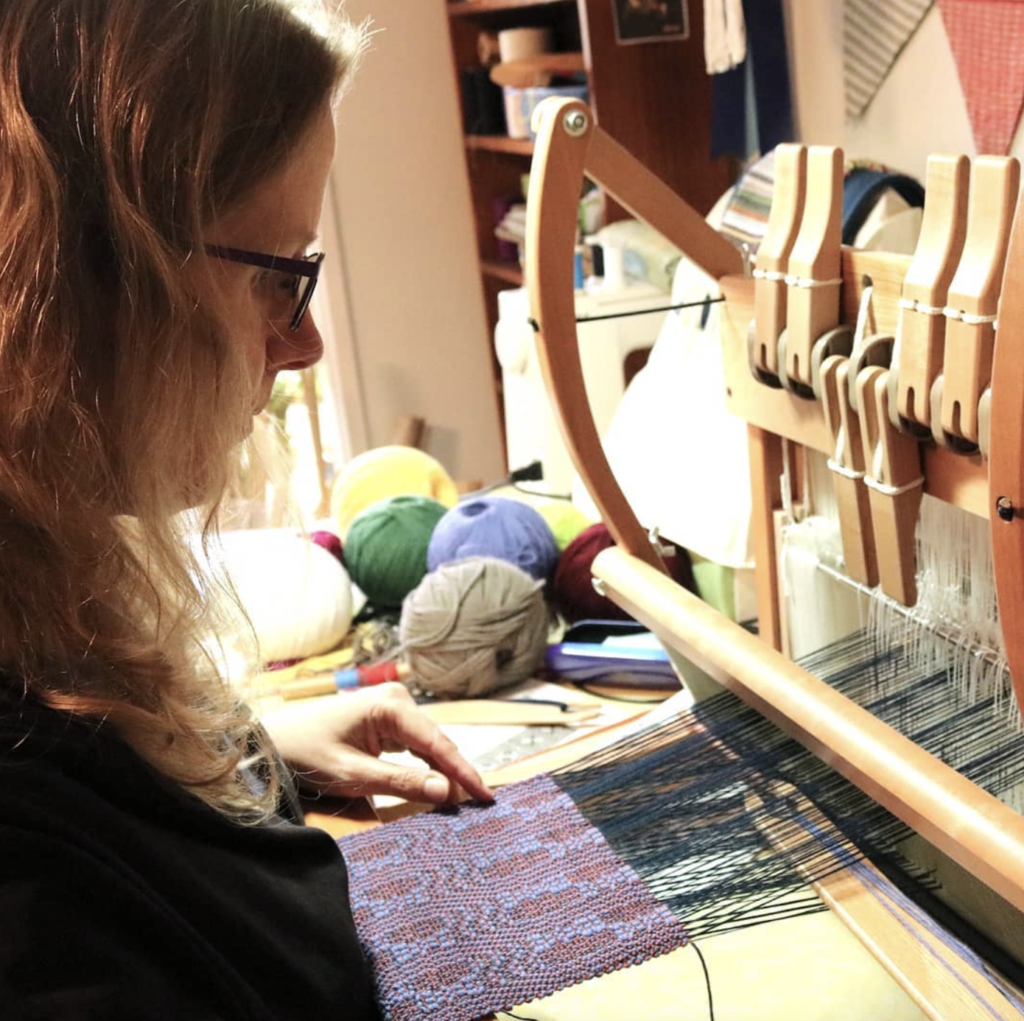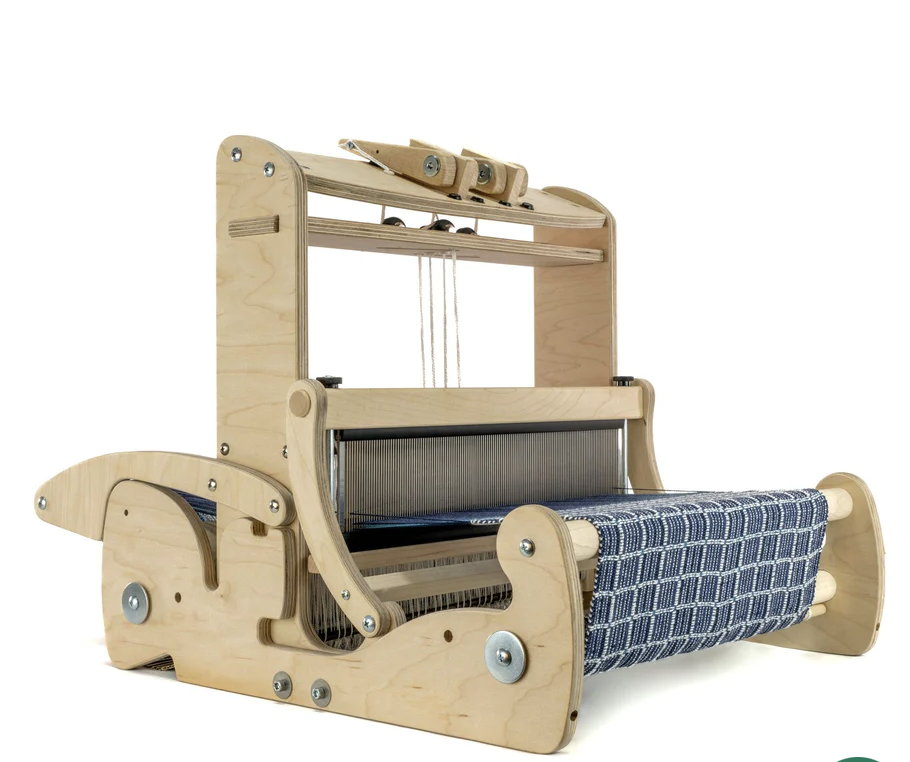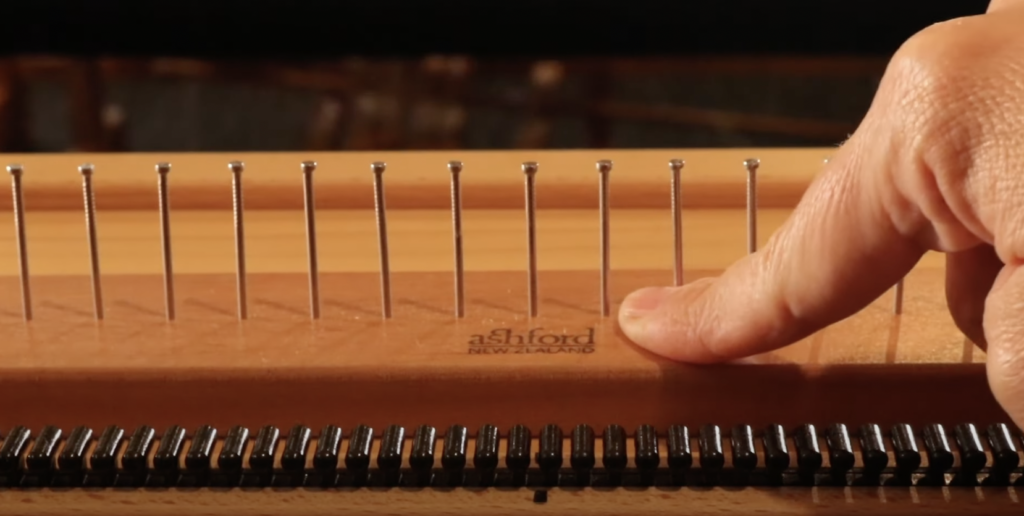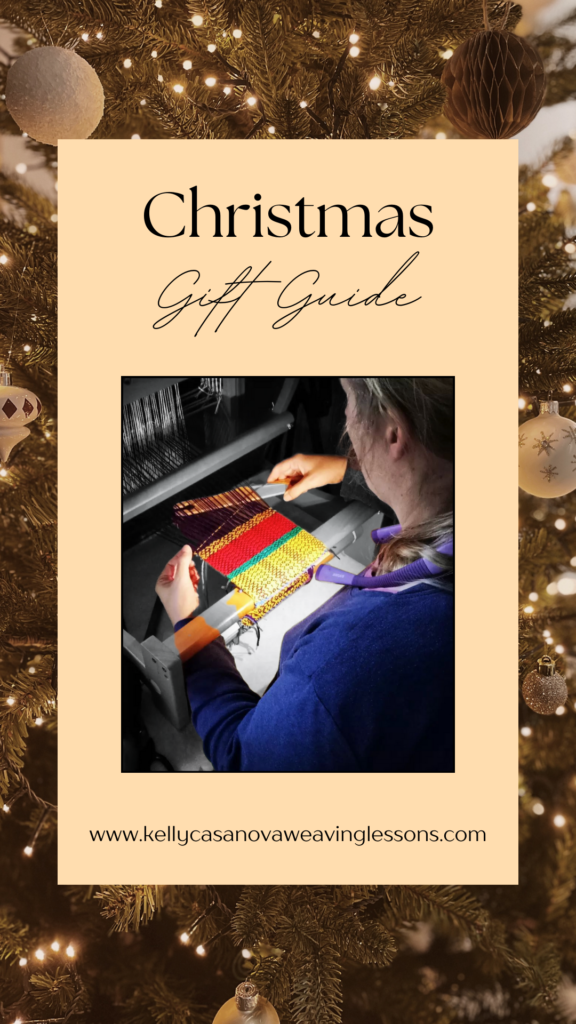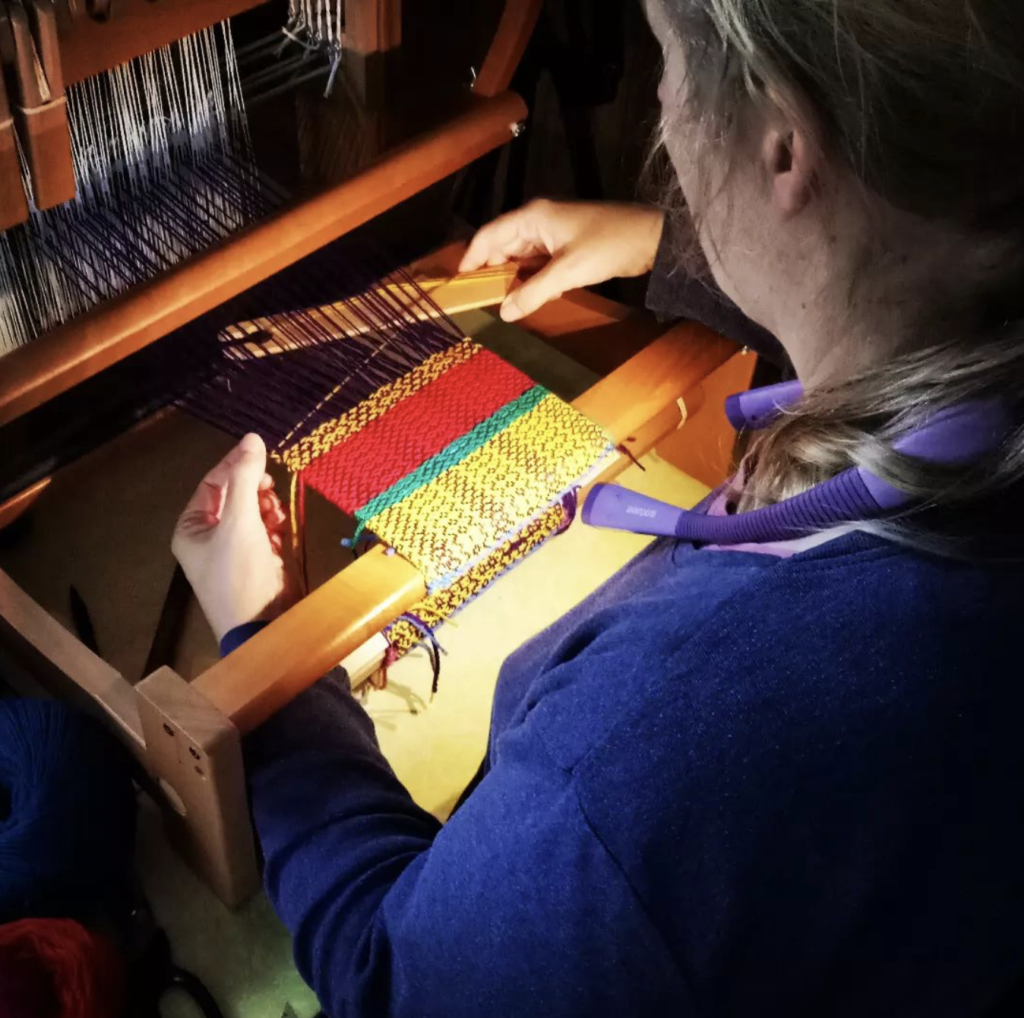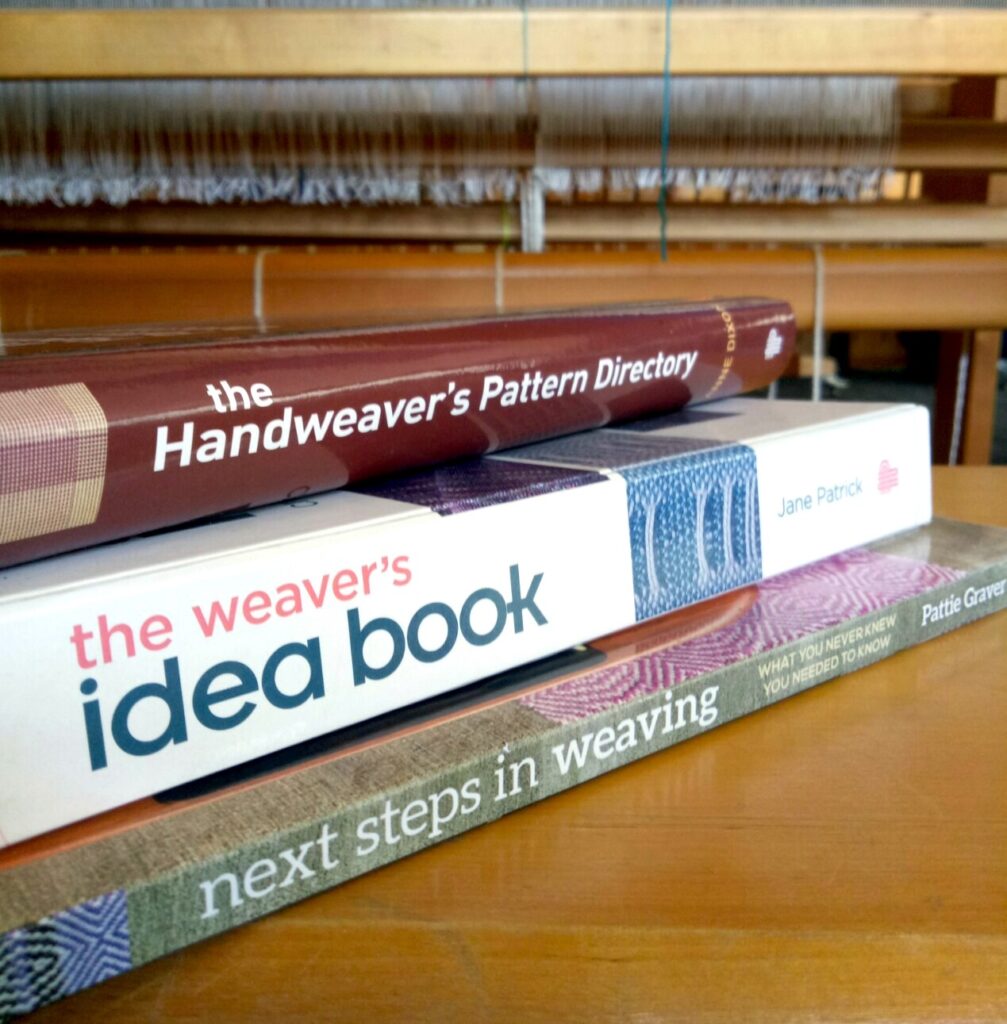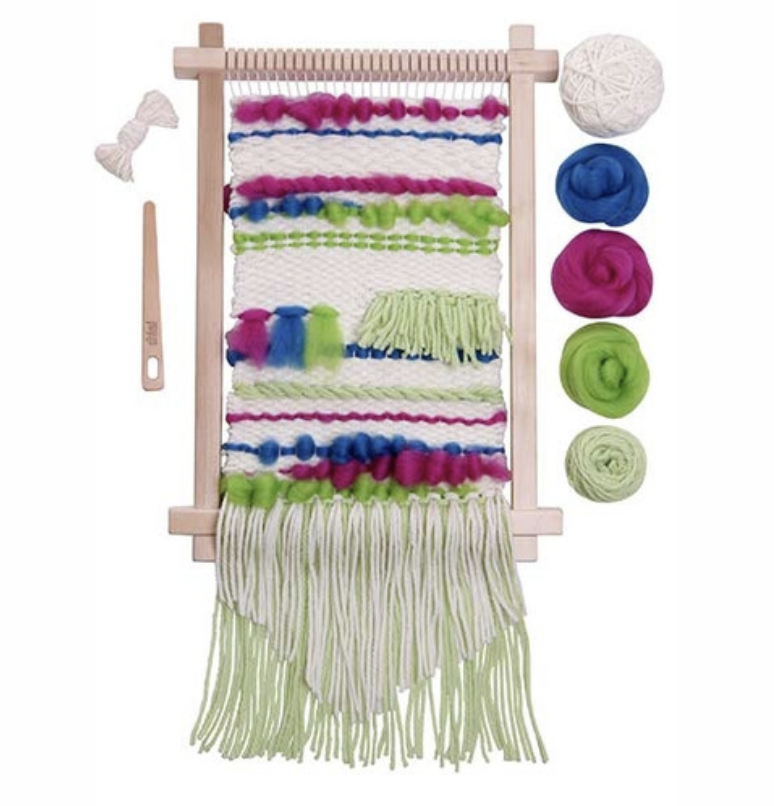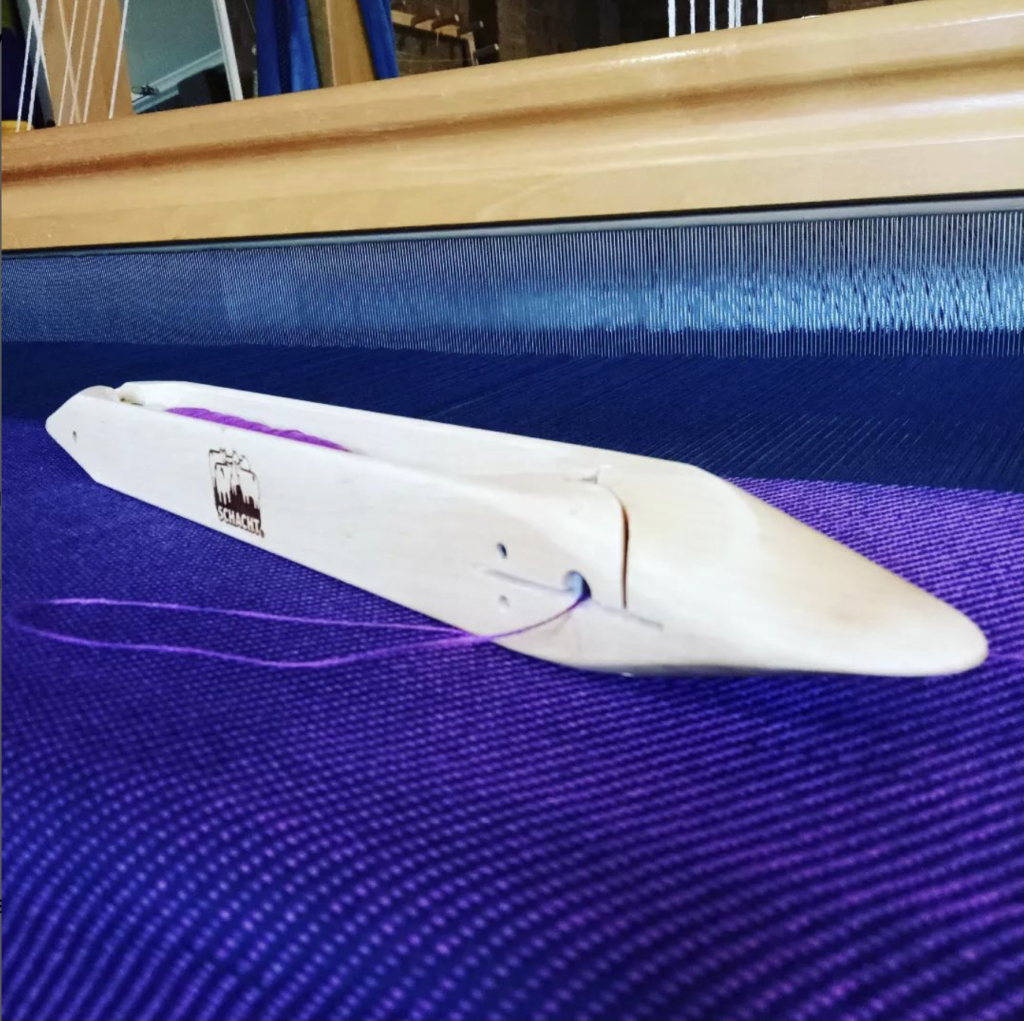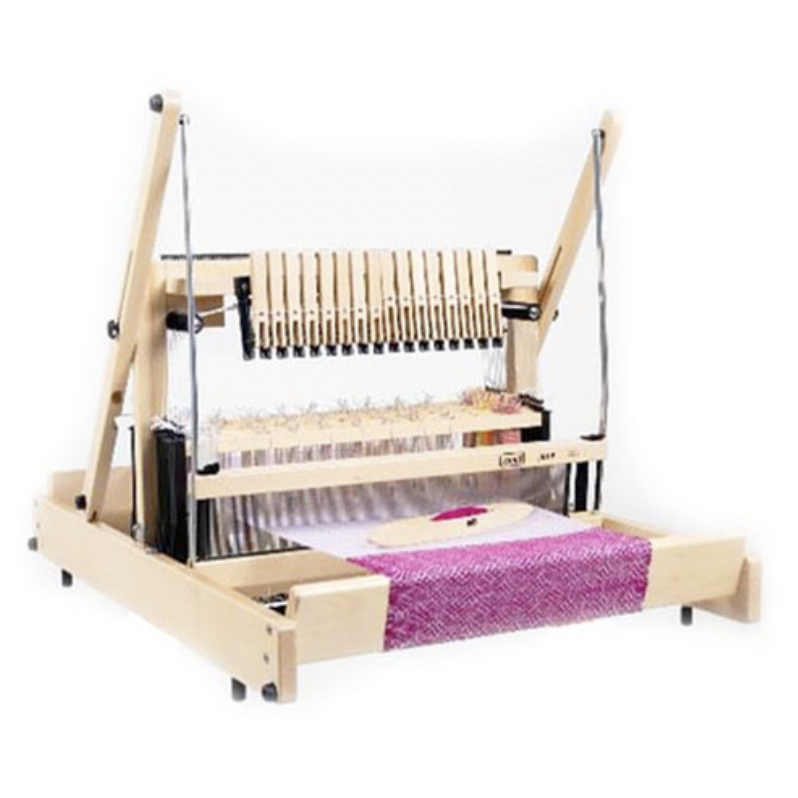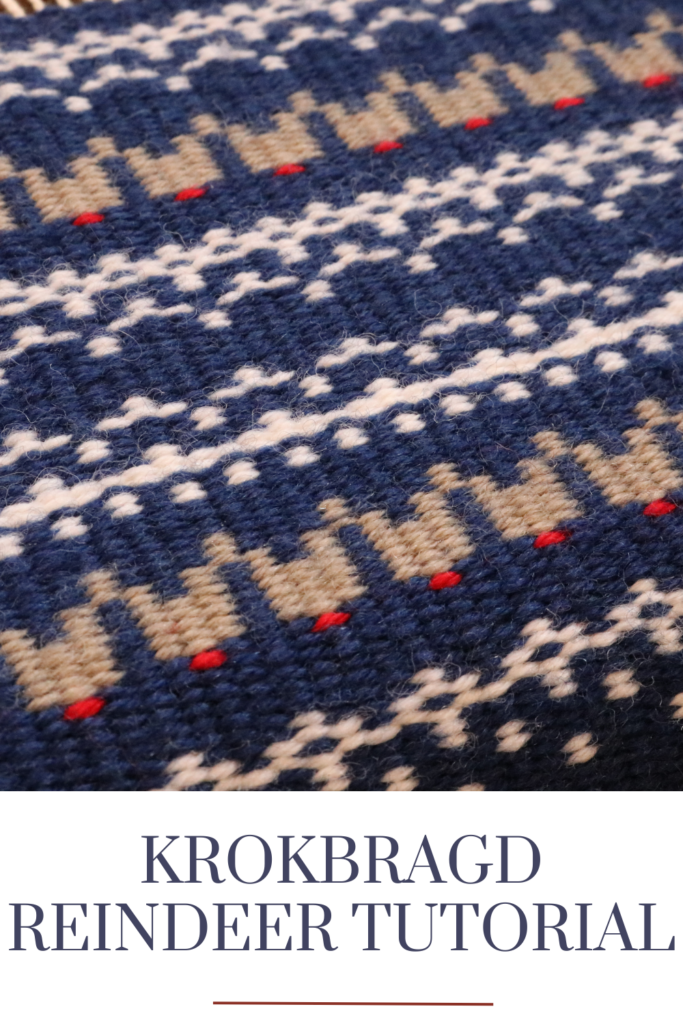My Youtube channel is packed full of helpful videos for weavers of all levels. But today I wanted to share a list of 42 rigid heddle loom tips that will make a difference.
Most of these videos are short and to the point and are all related to the rigid heddle loom! I want you to gain confidence and become the weaver you want to be. My hope is that gathering all these tips into one place means you have fast and easy access to a wealth of knowledge and information.
Whether you want to delve more into warping, threading, fixing mistakes or optimal weaving, you should find some help here:
Insert paper for warp packing…
Clamping hack for rigid heddle weaving…
Three heddles tips and tricks…
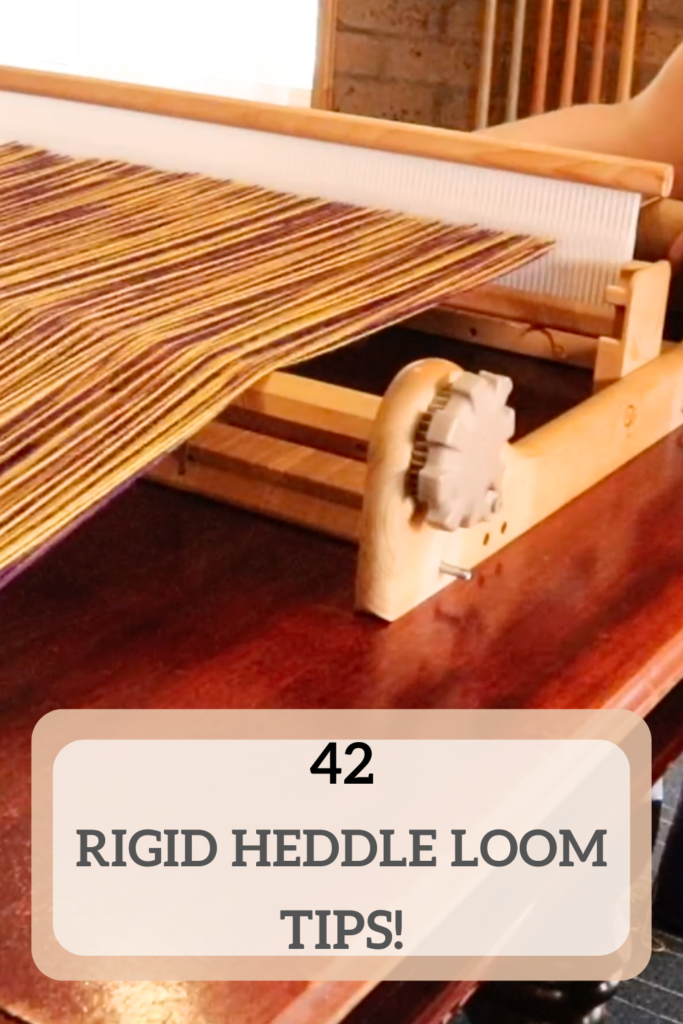
Doubling your warp the easy way…
Targeted wedging for better tension…
Troubleshooting sticky threads…
What to do when you accidentally warp backwards…
How to read a RH weaving draft…
Try this trick for neater edges…
3 tips for weaving with finer threads…
How to fix doubled up warp threads…
Calculating warp for the rigid heddle loom…
Rigid heddle book recommendations…
How to repair a broken warp thread…
Hemstitch explained and demonstrated…
How to make a heddle rod for RH loom…
I hope this list is helpful to you.
Until next time…
Happy Weaving!

